Control Ultimate gets DLSS 3.7 support and new 'Ultra' settings — cuts performance nearly in half
A free update for anyone with Control Ultimate Edition.
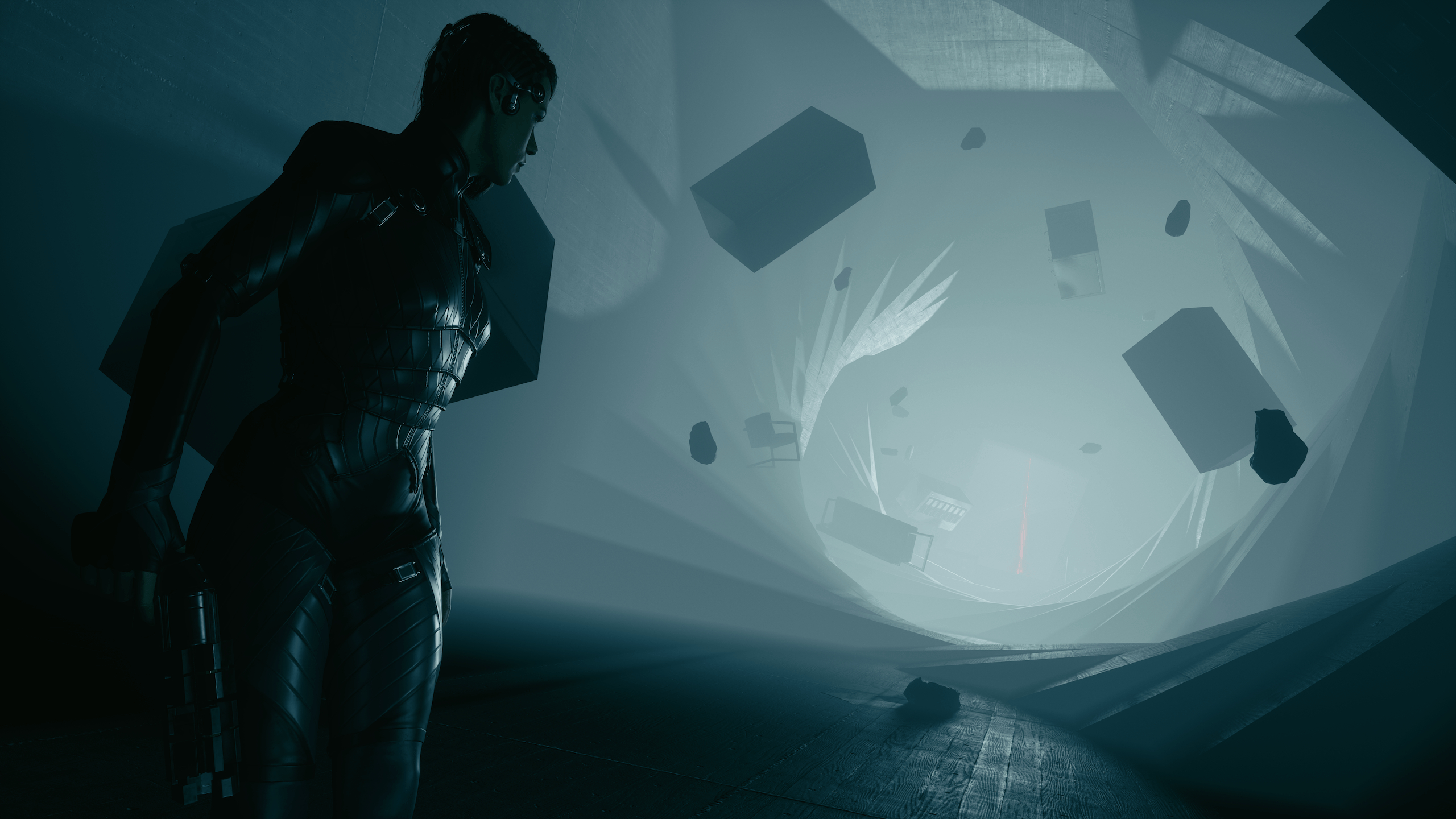
I was surprised to see Steam downloading a new 2.4 GB patch to Control Ultimate Edition today, while preparing to do more testing for our GPU benchmarks hierarchy. Control Ultimate, getting a patch nearly four years after its release — what's going on here? Looking for additional details and information, it turns out this is a relatively sizeable update, adding newer DLSS 3.7 support, ultra settings for both rasterization and ray tracing, and some other extras. (Sorry, AMD and Intel users: no official FSR or XeSS support still!)
The biggest change that jumped out at me was this line: "Added new Ultra ray tracing preset, which gets you more rays per pixel and higher temporal stability." Upon updating and launching, sure enough there are some new settings options. Before, Control topped out with a "High" preset for both the standard rendering as well as ray tracing. Now, there's an "Ultra" preset for each that upgrades several items.
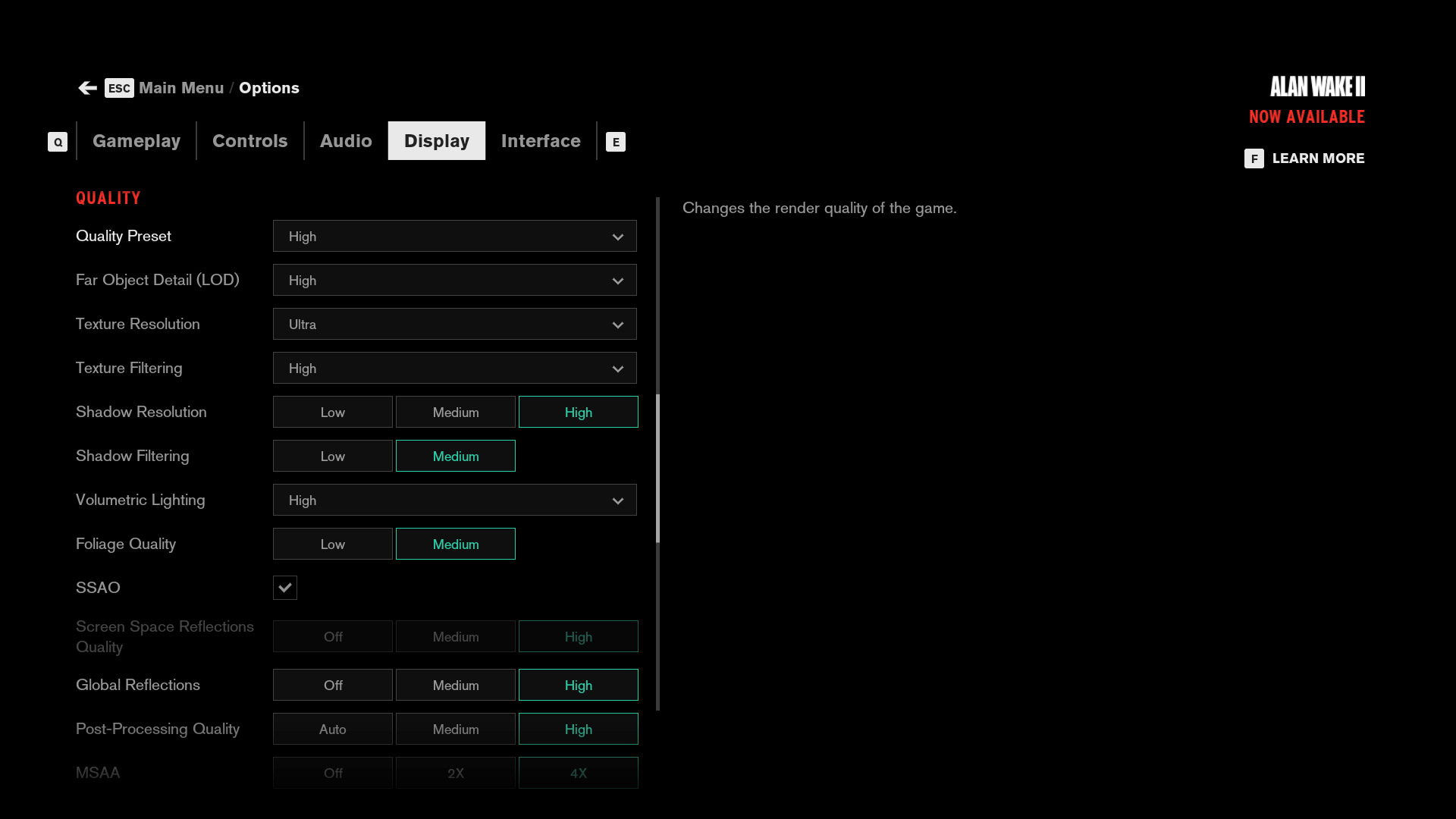
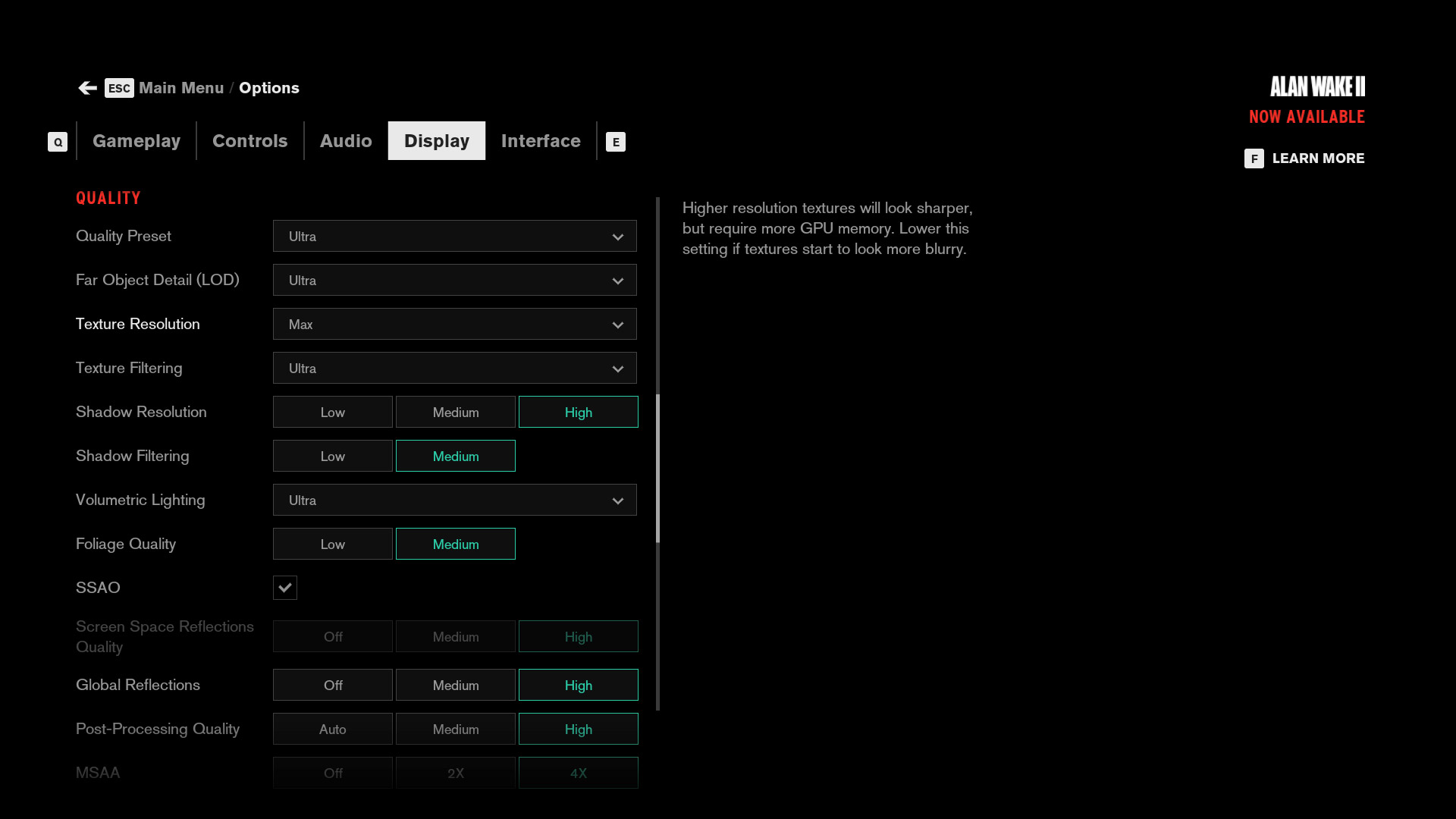
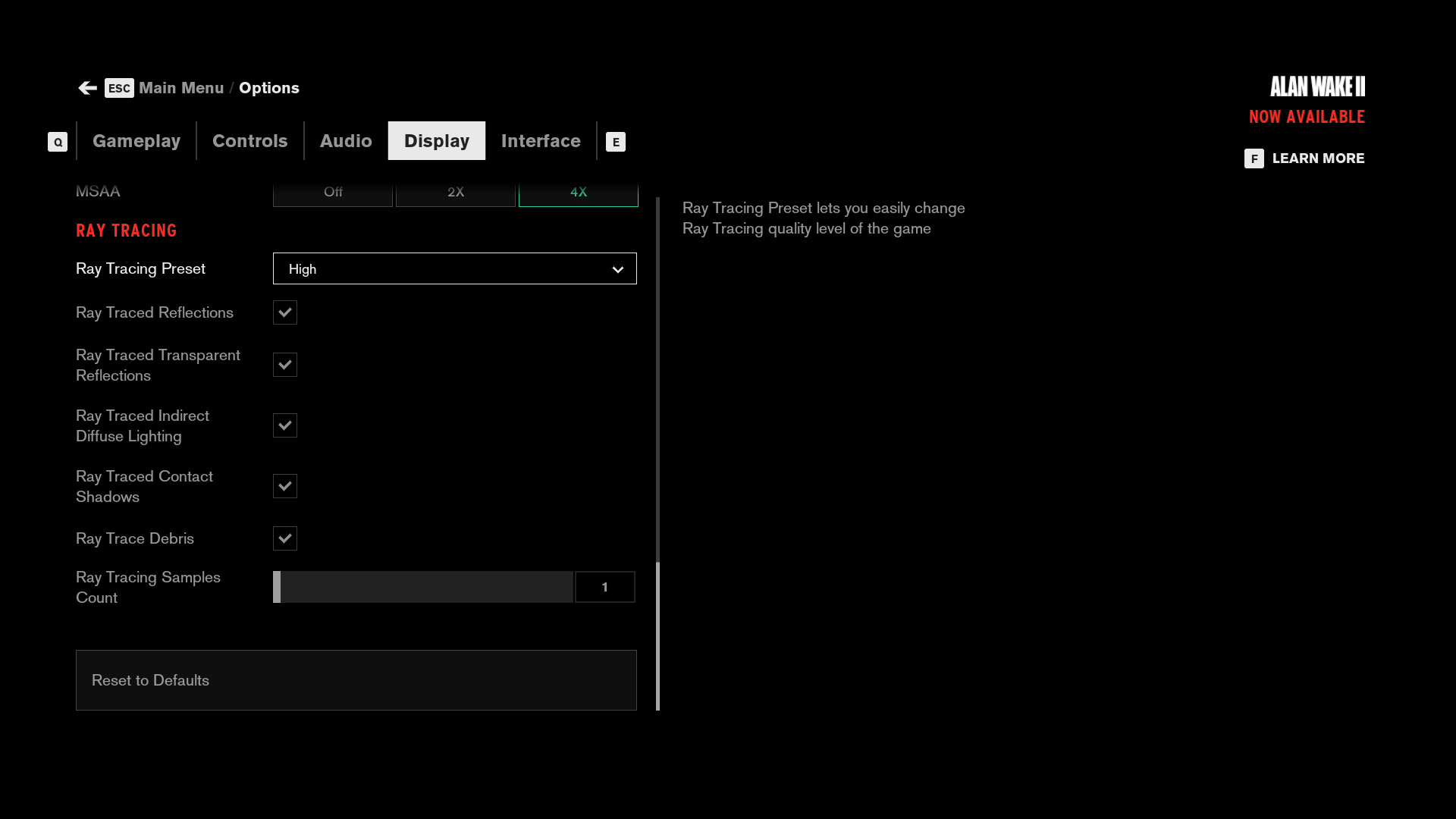
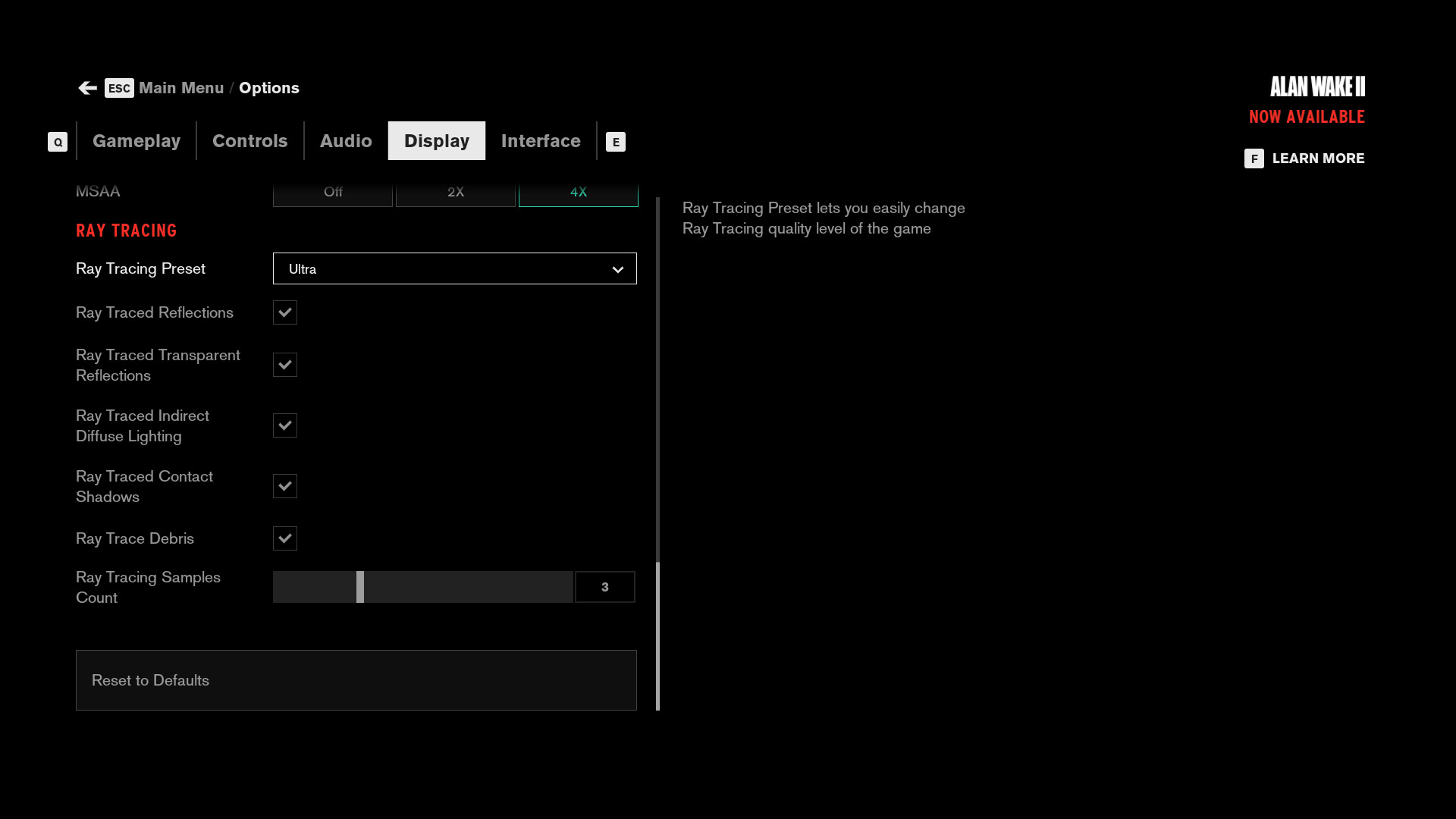
The new ultra settings for the quality preset upgrade the Far Object Detail (LOD), Texture Resolution, Texture Filtering, and Volumetric Lighting one level — previous "high" options are now "ultra," while the former "ultra" texture resolution setting gets bumped to "Max."
For the ray tracing options, the high and ultra presets have all the same items enabled: Ray Traced Reflections, Ray Traced Transparent Reflections, Ray Traced Indirect Diffuse Lighting, Ray Traced Contact Shadows, and Ray Trace Debris. The only difference is a new Ray Tracing Samples Count option, which is set to 1 for the high preset and 3 for the ultra preset, with a maximum value of 8.
What do the ultra graphics options do for image quality and performance? We grabbed three screenshots at the high, ultra, and ultra plus 8 samples settings. Most of the changes are pretty subtle.
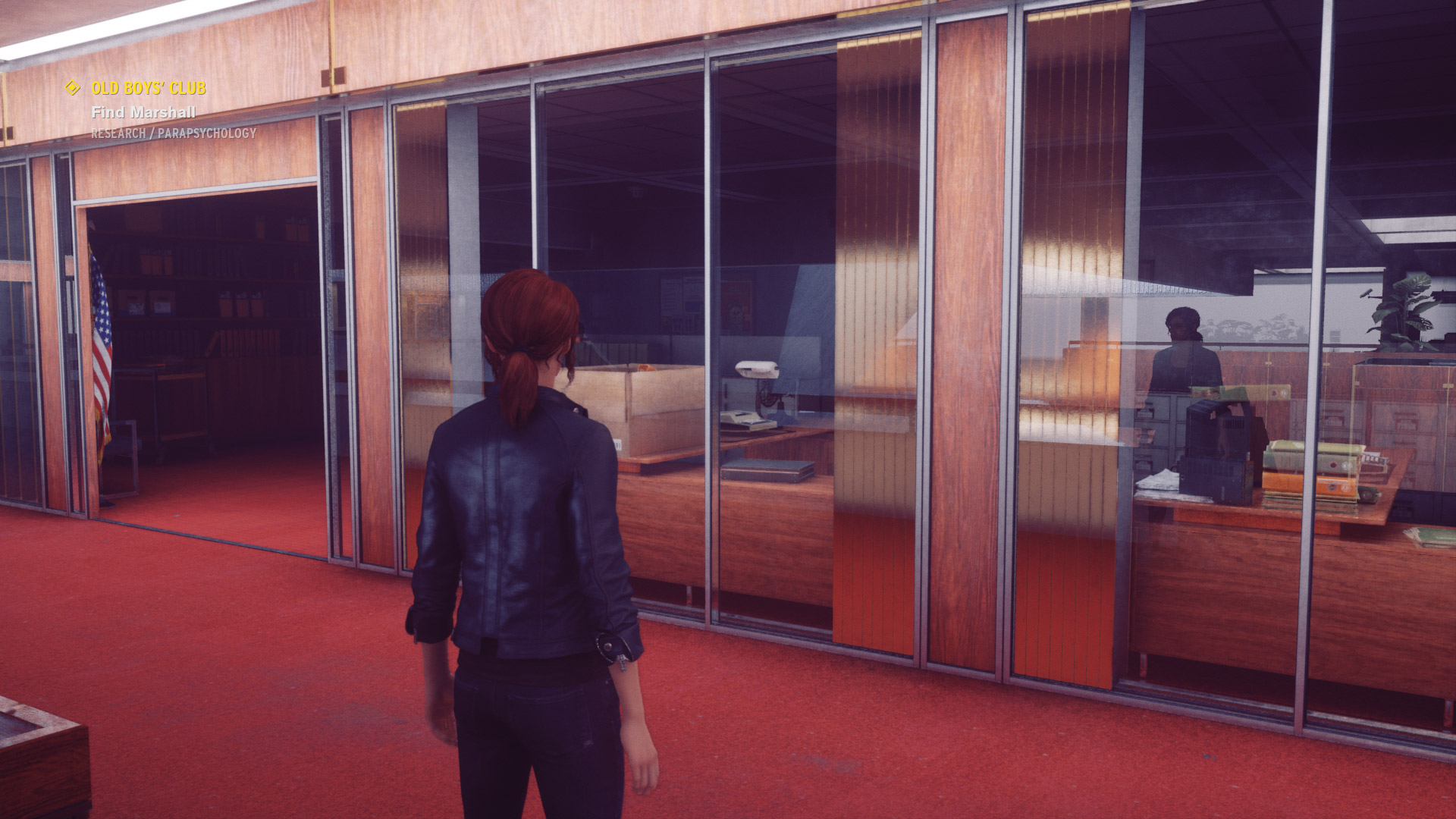
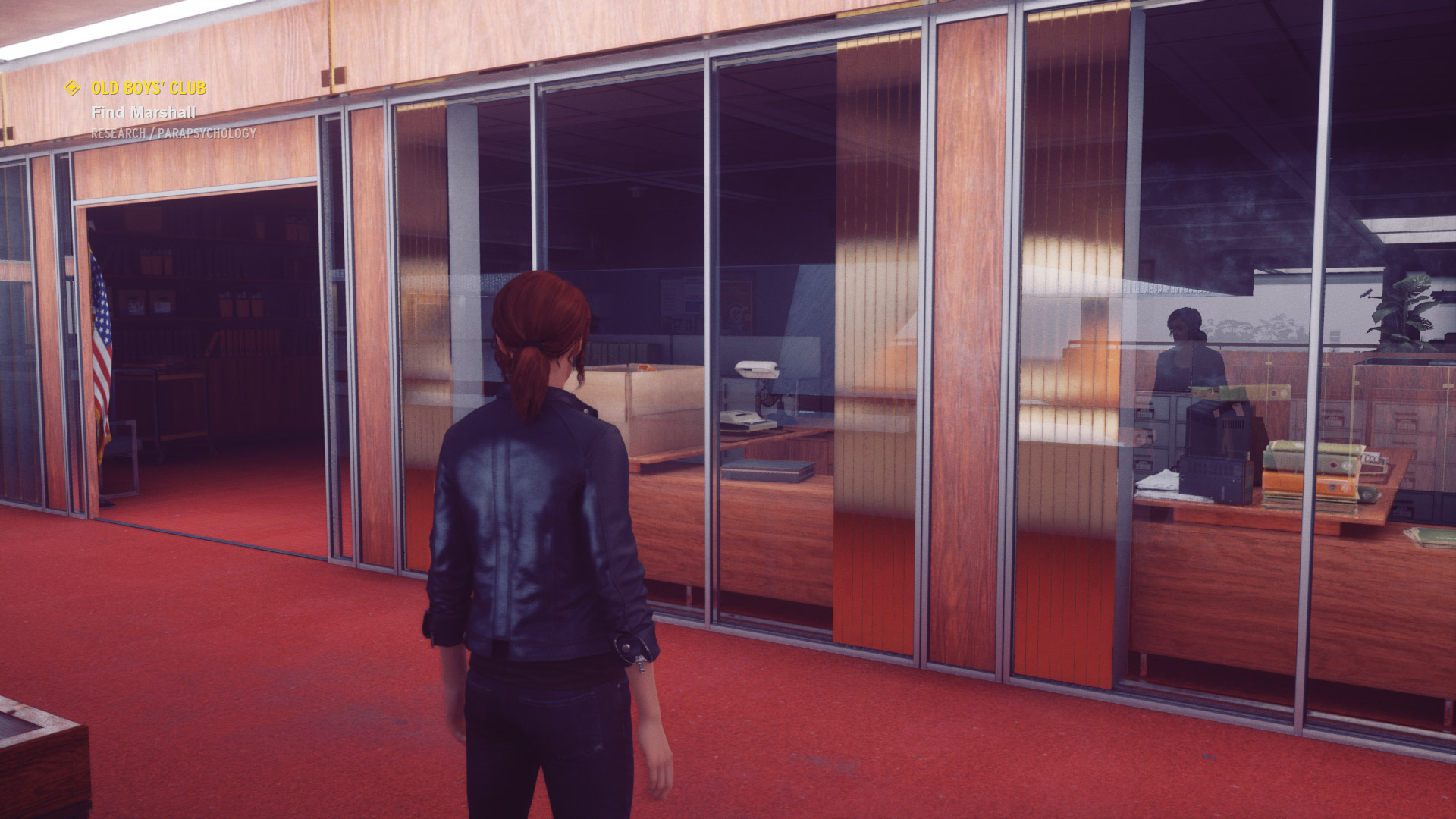
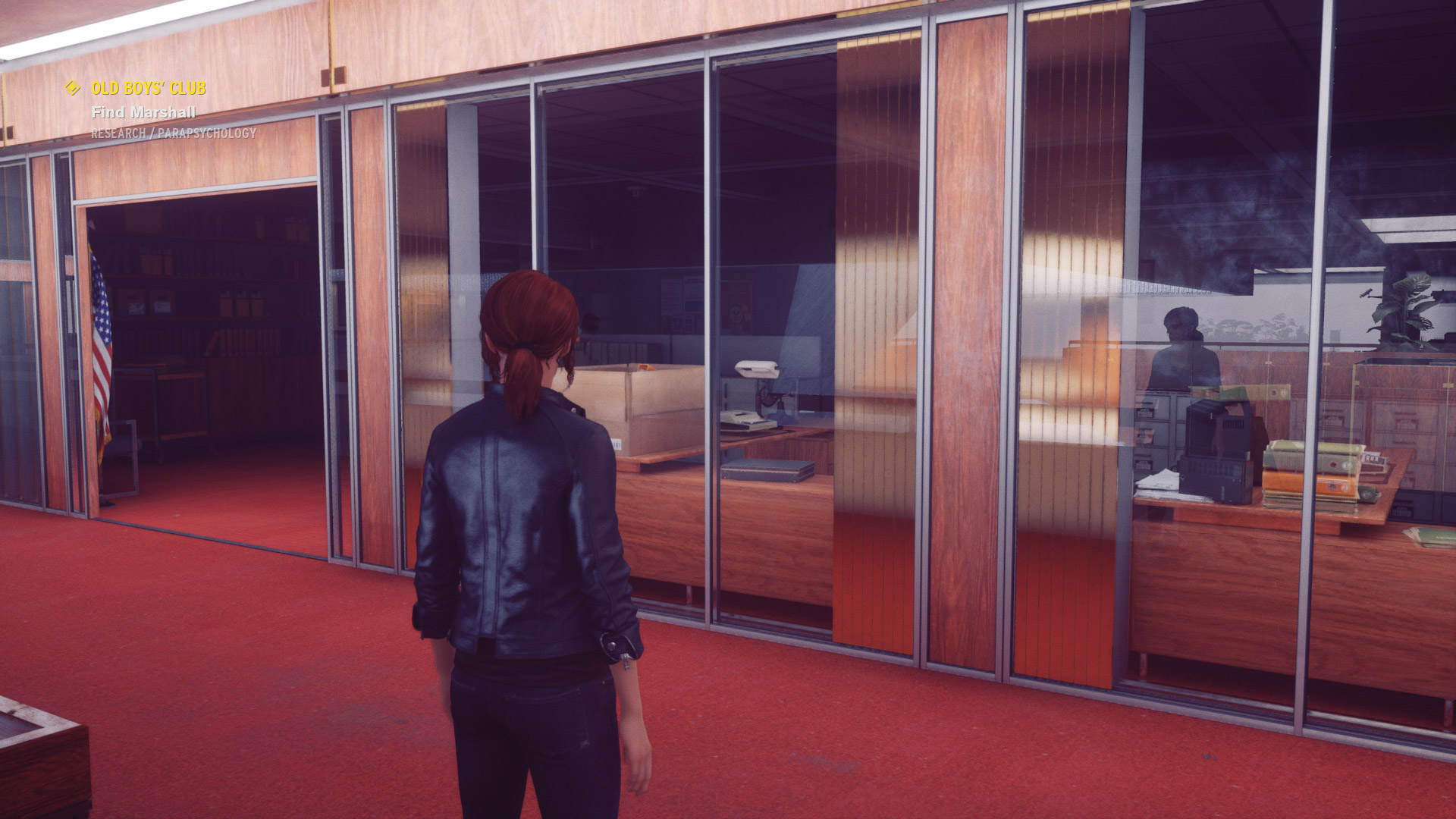
What's not subtle is the potential performance hit from the ultra settings. We haven't tested a bunch of different GPUs, but the Radeon RX 9070 XT — which is what we had in our testbed at the time — saw performance drop from 40.2 FPS at the old high settings to 24.3 FPS with the new ultra settings. And if you want to go all the way with eight RT samples, that tanked performance even more and the game ran at 12 FPS. Interestingly, the previous version of Control before these updates ran at 44.1 FPS at high settings, so the update dropped performance by 9%.
But that's just one AMD GPU, right? And this was an Nvidia promoted game at launch, one of the marquee showcases for what RT could do to enhance a game's visuals. Let's go ahead and check out one Nvidia GPU for reference — and to keep things more or less equal, we'll use the new RTX 5070 Ti. (Yes, it's more expensive, and that's if you could even find the cards in stock at MSRP.)
The RTX 5070 Ti managed 47.5 FPS with the previous version of the game running high settings at 4K. With the new version and the same settings, it now gets 46 FPS — 3% slower, which isn't as big of a drop as the AMD card experienced. Bumping to the ultra presets, performance drops to 29 FPS, a 37% decrease and again not quite as painful as AMD's 40% drop. Using 8 RT samples per pixel further reduces performance, this time to 15.6 FPS, slightly better than AMD's drop, though neither GPU is remotely playable at 4K with maxed out settings. Nvidia also has DLSS support, and Quality mode with the ultra presets managed 55.7 FPS.
Image quality does look improved to what I'm used to seeing, both for AMD and Nvidia — and that's at the same high preset. So the slight drop in performance does make sense if the engine is now rendering things better. Maybe that's just my imagination as I don't have apples-to-apples comparisons, but it does seem like there's less flickering on edges with the new version of the game.
There are several missing items from this update, however. First, there's no FSR or XeSS support. I had really hoped Remedy would add support for other upscaling solutions, because while mods can be a stopgap solution, native support would be better. But it's not just AMD and Intel getting short shrift; even though Control now has DLSS 3.7 support for upscaling, there's no frame generation support. And of course now DLSS 4 exists, which can maybe be enabled through an Nvidia App override, but framegen and MFG are still unavailable. (DLSS 4 Transformers ran at 50.3 FPS, so 10% slower than the old CNN model.)
The latest updates won't radically change Control Ultimate, but they're nice to see on a nearly five years old game. There's probably an ulterior motive at play, with rumors swirling of an impending Control 2 announcement. GDC 2025 takes place next week, so maybe we'll hear more then.
Get Tom's Hardware's best news and in-depth reviews, straight to your inbox.

Jarred Walton is a senior editor at Tom's Hardware focusing on everything GPU. He has been working as a tech journalist since 2004, writing for AnandTech, Maximum PC, and PC Gamer. From the first S3 Virge '3D decelerators' to today's GPUs, Jarred keeps up with all the latest graphics trends and is the one to ask about game performance.
-
thestryker I could buy into whatever temporal stability improvements came with the new mode not being limited to it having an effect on performance. When I played Control after getting my 3080 that was the source of the only graphical anomalies I noticed while just playing the game.Reply
Remedy sadly seems to be behind the curve when it comes to upscaling implementations on Northlight as Alan Wake 2 doesn't have XeSS or FSR 3.x either. Hopefully this will change with FBC: Firebreak or at least Control 2/Max Payne remakes. -
Quirkz Reply
They just talk about a few more rays per pixel - So no, it's not a bit pathtracing update.mhmarefat said:Thank you for the article.
Is this Path Tracing (PT) or only Ray Tracing (RT)?
Mostly like a bit more stable, less grainy RT due to more rays per pixel. -
slash3 The update ships with DLSS 310.2.1.0, which is DLSS 4. The transformer model can also be forced via NVInspector.Reply -
Quirkz Reply
My reaction too - They too low resolution.Kindaian said:I'm obviously blind as i don't see a difference on the images :ROFLMAO:
Plus, given the changes referred to (new DLSS and more rays/pixel), I suspect these are not the sort of improvements you'll notice much in static images. Probably a bit more noticeable when moving around. -
mhmarefat Reply
Thank you.Quirkz said:They just talk about a few more rays per pixel - So no, it's not a bit pathtracing update.
Mostly like a bit more stable, less grainy RT due to more rays per pixel.
So this means 5070 Ti without DLSS, is capable of:
"Using 8 RT samples per pixel further reduces performance, this time to 15.6 FPS".
And this is RT, not even PT. Ok. Wow. The same effects that people here cannot even detect. You turn it on, and you are reduced to 15.6 FPS (from mighty 47 FPS) in a game specially optimized for Nvidia hardware no less.
You're not alone. Even experts have a hard time distinguishing between PT (which Nvidia has told us is the REAL RT) on/off let alone "fake RT". If a game is entirely made out of glass (like Control) you can see the reflection of the character on glass surface, for "15.6 FPS".Kindaian said:I'm obviously blind as i don't see a difference on the images :ROFLMAO: -
foogoo I wonder how this compares to the unofficial update from 2 years ago? that was a massive improvement.Reply -
jonaswox Tbf Im tired with all this scaler and ray tracing talk. Wow you can tank a card with calculations it was not really made for. Impressive.Reply
Ray / path / whatever you call it , will always be a simplified implementation of actual proper light tracing. Which is practically impossible because the formula runs to infinity. Ofc we dont need infinite bounces, but all this talk is just nvidia marketing , nobody really needs this - it hardly makes the games more pretty, just more easy to program - and spends a ton more ressources. I do not want my graphics card to deprioritize gaming graphics performance , to give way for lighting engine cores - So whats next, we need fluid simulation cores we need differential equation cores , we need blablabla. This was never the approach for a reason, it is insanely expensive and is really only a benefit to lazy developers.
Sure ray tracing is a cool technology - but its not new, its not groundbreaking, nvidia did not do the bulk of the work making this possible even and its just unfeasible anyway and immensely expensive to do. Usually what we do in gaming is make the best with what we have, we dont suggest people go and buy a full fledged real time physics simulator.... We can implement all kinds of cool physics into the games, it would just tank performance. Many old games have more than good enough lighting to be immersive , and most was just made with clever programmers and a curious mind. This idea of bruteforcing next gen graphics is outright stupid to me.
When you can demonstrate an algorithm that gets very close to the real results, without spending 150 watts on lighting, or implying that I need to buy a lightsimulator to get light in my game..... Then we can talk.
You can hardly claim to be anything but ignorant if you think that VSR spending 200watts upscaling a video on youtube is amazing .... wtf people.
In its essence it is a question of ingenuity vs brute force. Brute force is the expensive one, both in terms of dollars and watts. Im to the core not impressed whatsoever. It is a slippery slope for the entire industry imo. And is it really of benefit to the gamer when "all you need" is just an insanely expensive number cruncher , to give way for developers with zero clue about gaming engines and graphics. Its lazy, its stupid and its not to the benefit of the consumer.
Consider if in doubt about what to think, that actual real fluid dynamics simulations in practice is psycho difficult even with endless ressources. Look at formula1 as an example - again and again the numbers did not line up with practical results (these people have 100m$ computers for this). So we should just throw all ingenuity out the window and start doing fluid simulations the "physics" way? ... it does not make sense :)
I wonder , for the lulz, how jensens ray tracing would react to a double slit :DThat is to say, even this implementation is far from the "real" algorithm. It probably has no clue that light has wavelike properties, and that different wavelengths interact differently. -
tamalero Reply
IS there a reason why the comparison images looks like screenshots taken at 360p?Admin said:Remedy just released the March 2025 update to Control Ultimate Edition that adds DLSS 3.7 support, new 'ultra' settings, and some other extras. The ultra ray tracing adds support for multiple ray bounces and can cut performance nearly in half — or more if you max out the setting!
Control Ultimate gets DLSS 3.7 support and new 'Ultra' settings — cuts performance nearly in half : Read more